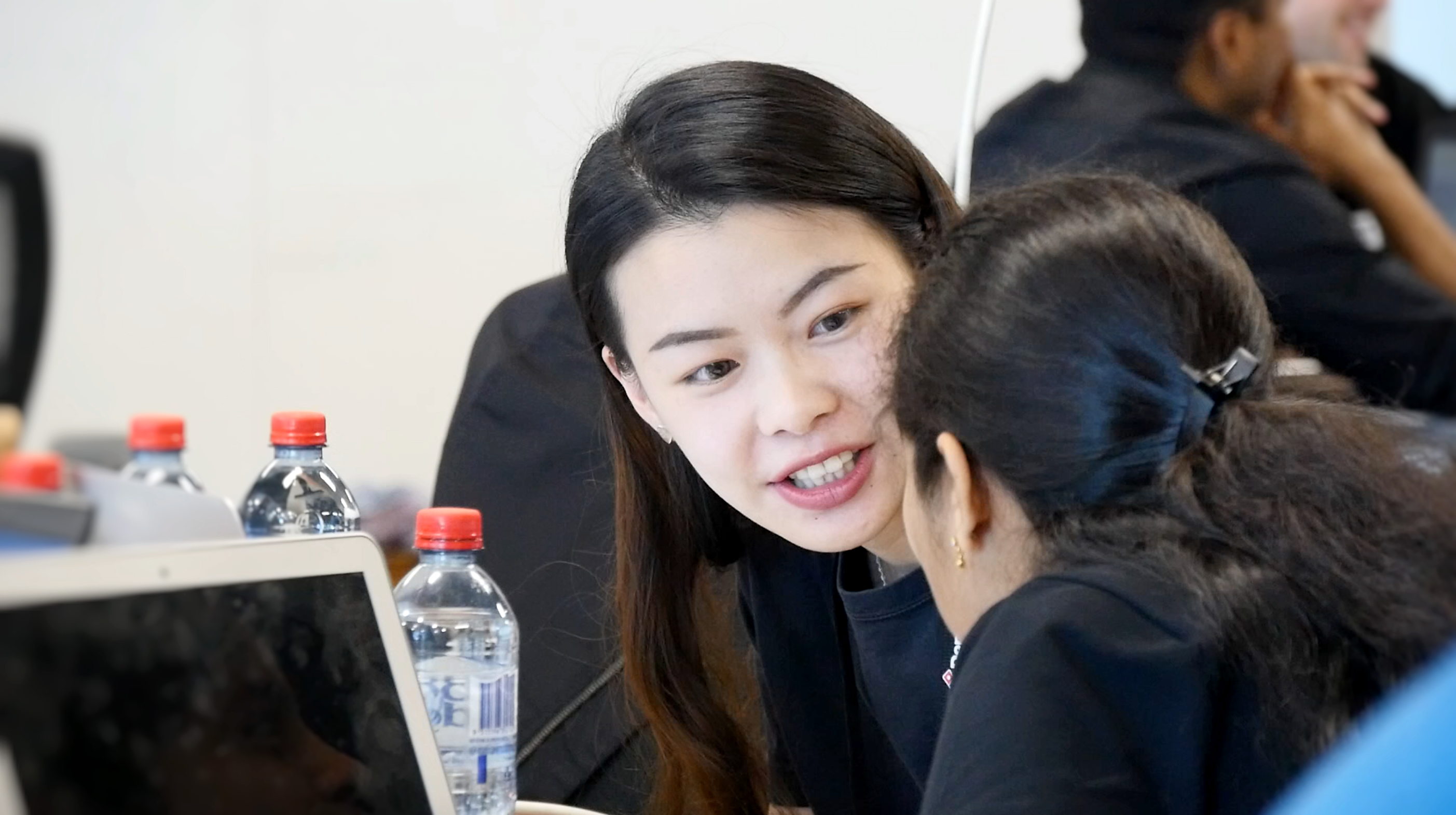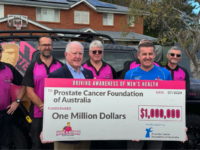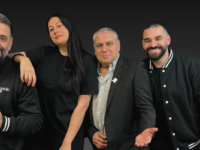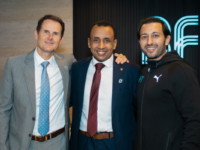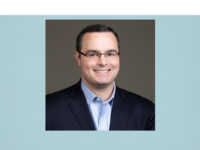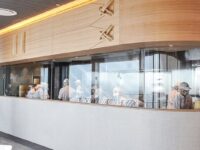Pizza chain Domino’s Hackathon 2019 saw IT students team up to develop real-world solutions for The Smith Family.
Forty out of more than 300 graduate applicants attended the 2019 event at Domino’s Brisbane head office. The Hackathon allows students to meet industry professionals, showcase their skills and potentially score a full-time job.
This year the challenge for participants focused on developing an artificial intelligence solution to help The Smith Family identify sensitive information and develop an interactive mapping program.
Domino’s Hackathon links with The Smith Family
Domino’s group chief digital and technology officer Michael Gillespie was pleased with the calibre of students.
“We were on the hunt for Australia’s best IT graduates and this year’s participants did not disappoint. The high-level approach and demonstrated problem-solving abilities displayed were impressive, and the number of cutting-edge solutions developed by the end of the day reinforced what I already knew – that this is an exciting time to be in the industry,” Gillespie said.
The Smith Family’s head of strategy and philanthropy, Judy Barraclough, said innovative solutions to common challenges helps streamline processes and improve efficiencies for the charity.
“Introducing innovative technologies to streamline the way we work will be incredibly beneficial not only for our team, but for the people and families we support.”
Domino’s leads with technology
Domino’s also plans to offer top performing graduates a permanent position in the business. The pizza chain has proved itself a leader in the food-technology space, achieving industry firsts in drone delivery, app ordering, voice assistants, artificial intelligence and augmented reality. In July this year it began trialling a Tap & Take concept store.
“From the pool of talented software engineering, quality engineering and business analytics graduates who attended this year’s Hackathon, we hope to hire at least 10 new team members,” Gillespie said.
“We’re proud to beat industry gender representation averages, with 40 per cent of these hires female, a number significantly higher than the average number of females graduating and entering the industry.”

